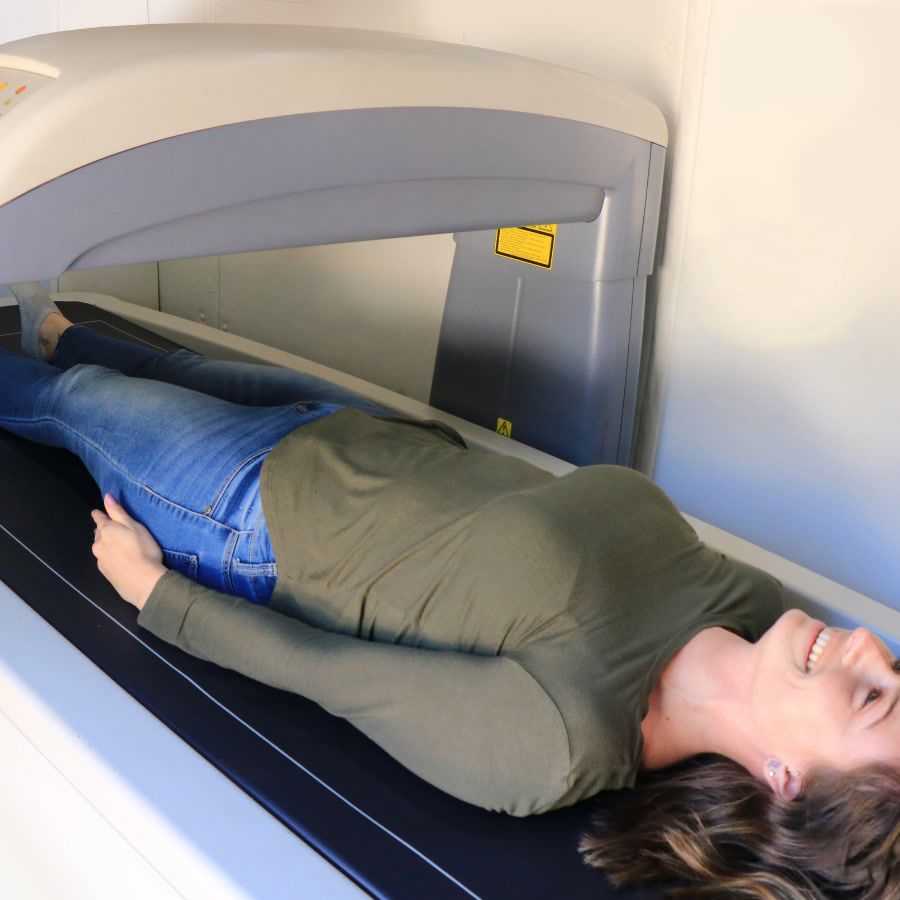Weight Loss Postpartum: A Safe, Research-Backed Guide

Weight Loss Postpartum: A Safe, Research-Backed Guide
If you’re navigating the whirlwind of newborn life and wondering how to safely approach weight loss postpartum, you’re not alone. The top priorities right now are healing, feeding your baby (if you’re breastfeeding), and rebuilding strength. Fat loss can fit in—but only with a gentle, phased plan that respects recovery and supports your energy and milk supply.
This guide maps out what to do in each postpartum phase, offers breastfeeding vs. non‑breastfeeding nutrition tips, outlines a smart return‑to‑exercise plan, and shows you how to track progress with precision.
Key takeaways
- Safe pace: Aim for 0.5–1.5 lb/week once you’re cleared; if breastfeeding, stay on the lower end (MedlinePlus guidance, LLLI).
- Extra calories for breastfeeding: Most need +330–500 kcal/day (CDC, ACOG).
- Exercise is encouraged: Build to 150 min/week cardio + 2+ strength days; compatible with lactation (ACOG).
- Breastfeeding and weight: Exclusive breastfeeding ≥3 months adds a modest ~3.2 lb advantage at 12 months on average (analysis of breastfeeding’s effect on postpartum weight loss).
- Expect variability: Many retain some weight at 12 months; habits like breastfeeding, activity, and nutrition help (a study on long‑term postpartum weight retention).
A realistic postpartum timeline
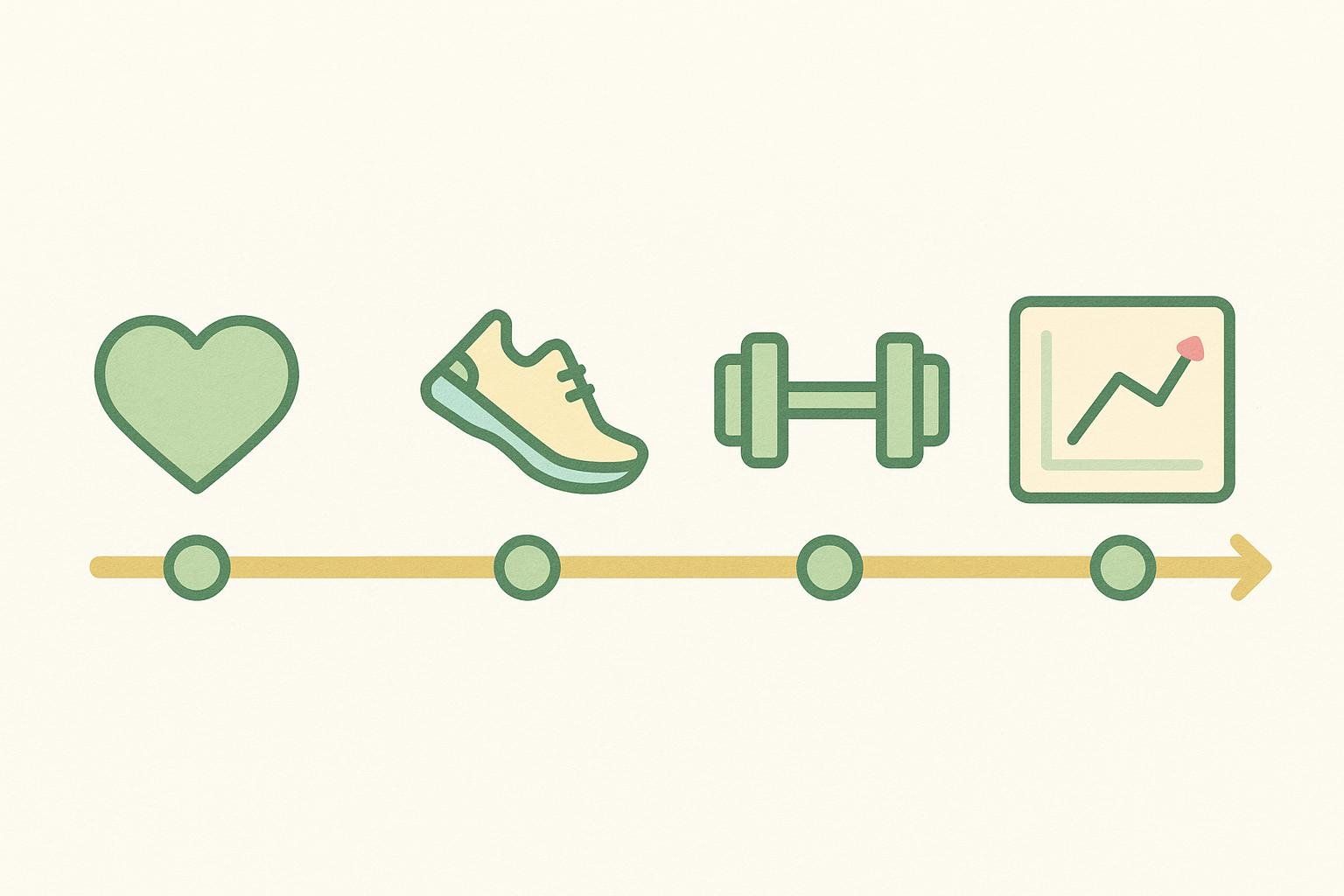
Healing isn’t linear, and every birth is different. Use this phased roadmap as a flexible guide and always defer to your ob‑gyn’s advice.
Phase 1 (Weeks 0–6): Recover and Refuel
Focus: healing, bonding, gentle movement, and consistent meals.
- Movement: Easy walking as tolerated; daily pelvic‑floor engagement and breathwork. If you had a C‑section or complications, get provider guidance before starting activity (see ACOG: Exercise After Pregnancy).
- Nutrition: Prioritize protein, produce, whole grains, and healthy fats. If breastfeeding, avoid aggressive deficits until milk supply is stable (often after ~8 weeks). Most lactating parents need +330–500 kcal/day, per CDC maternal diet guidance and the ACOG Breastfeeding FAQ.
- Hydration and sleep: Keep water handy; nap when possible. Both affect energy and appetite regulation.
- Weight loss target: None yet. Give your body time to heal; many will lose some “delivery weight” in the first weeks due to the loss of fluids, the placenta, and the baby's birth weight, as noted by the Cleveland Clinic’s postpartum overview.
Phase 2 (Weeks 6–12): Start Gentle Exercise
After your 6‑week checkup (or your provider’s go‑ahead):
- Cardio: Build toward 150 minutes/week of moderate intensity (talkable pace walks, cycling) in 10–30 minute chunks per ACOG Exercise After Pregnancy guidance.
- Strength: 2+ days/week of full‑body training. Emphasize core and glute stability before impact work. Avoid moves that cause midline “doming” if you have diastasis recti, and follow safe core exercise progressions for diastasis recti.
- Breastfeeding tips: Feed or pump before workouts, wear a supportive bra, and hydrate—exercise doesn’t harm milk supply in healthy lactation per the ACOG Committee Opinion on postpartum physical activity.
- Nutrition: If breastfeeding, consider a very modest deficit while keeping intake ≥1,800 kcal/day and protein high (a common floor cited by La Leche League International; personalize with your clinician). If not breastfeeding, a 300–500 kcal daily deficit is a reasonable starting point.
- Weight loss target: 0.5–1.0 lb/week once energy and supply feel steady, aligning with MedlinePlus postpartum guidance.
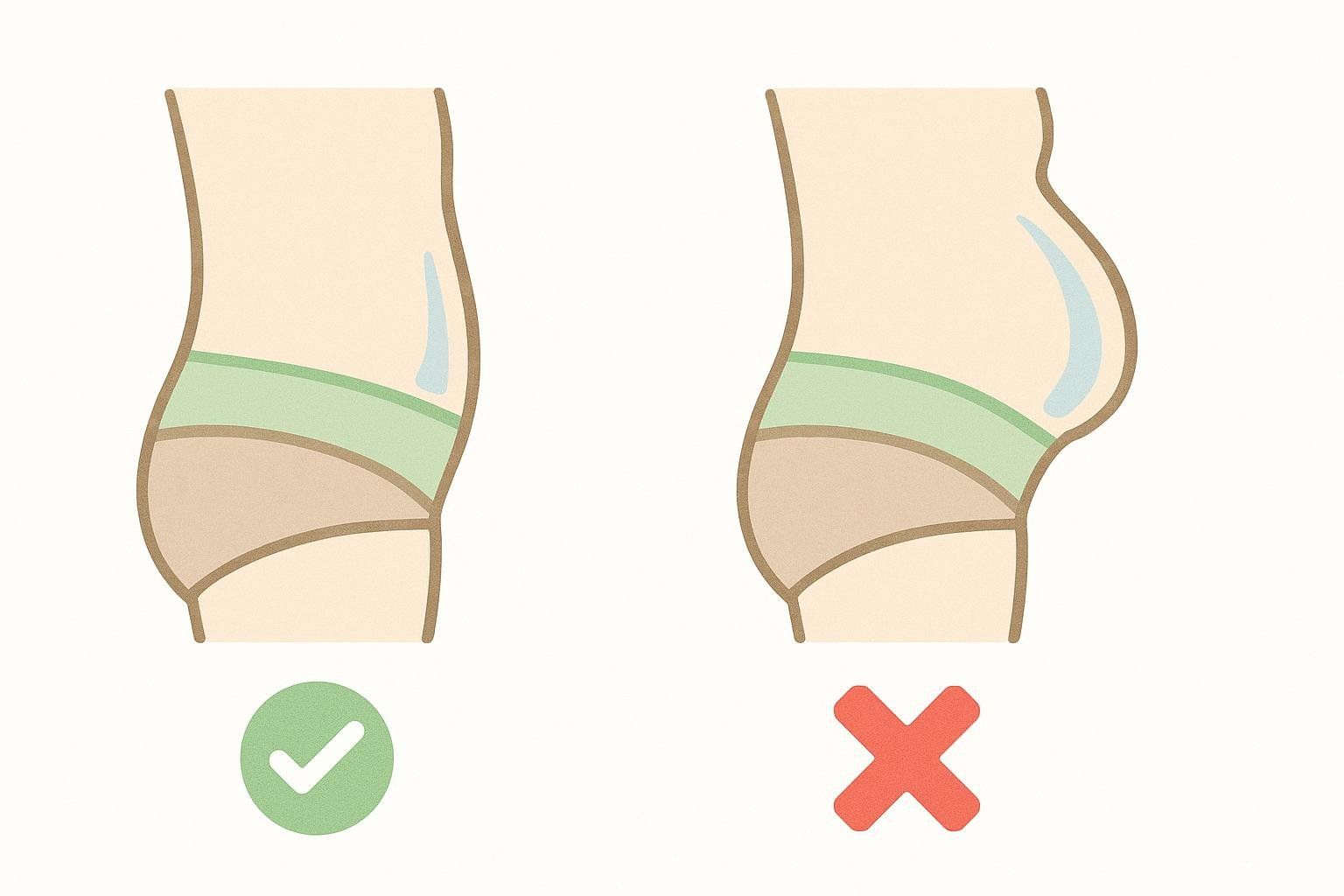
Phase 3 (Weeks 12–24): Build Capacity and Consistency
- Training mix: 2–3 days/week strength (progressive overload), 2–3 days/week cardio. Add low‑impact intervals as energy allows.
- Core rehab: Transition from basic activation to anti‑rotation, carries, and planks only if you can maintain tension without doming; see safe core exercise progressions for diastasis recti.
- Nutrition: Keep protein front‑loaded at breakfast to curb cravings; plan quick, nutrient‑dense snacks (Greek yogurt, trail mix, fruit + nut butter). If breastfeeding, sustain a gentle deficit and monitor supply and infant weight gain per LLLI’s guidance for nursing mothers.
- Weight loss target: 0.75–1.5 lb/week depending on feeding status, stress, and sleep (err on the conservative side during lactation), consistent with MedlinePlus recommendations.
Phase 4 (Months 6–12): Plateaus, Persistence, and Precision
- Expect variability: A significant portion of people still carry some pregnancy weight at 1 year; consistent exercise and breastfeeding can help reduce retention, as shown in a study on long‑term postpartum weight retention.
- Fine‑tune: If progress slows, reassess calorie needs and activity. Breastfeeding’s extra burn typically declines as solids increase.
- Strength focus: Keep 2–3 sessions/week. Prioritize compound lifts (squats, hinges, pushes, pulls) in 30–45 minute blocks.
- Consider a DEXA check‑in every 8–12 weeks to ensure fat is dropping while lean mass holds steady. A DEXA scan is a gold‑standard method for tracking these changes precisely—see how a DEXA scan measures fat, muscle, and bone.
Breastfeeding vs. non‑breastfeeding: Nutrition playbooks
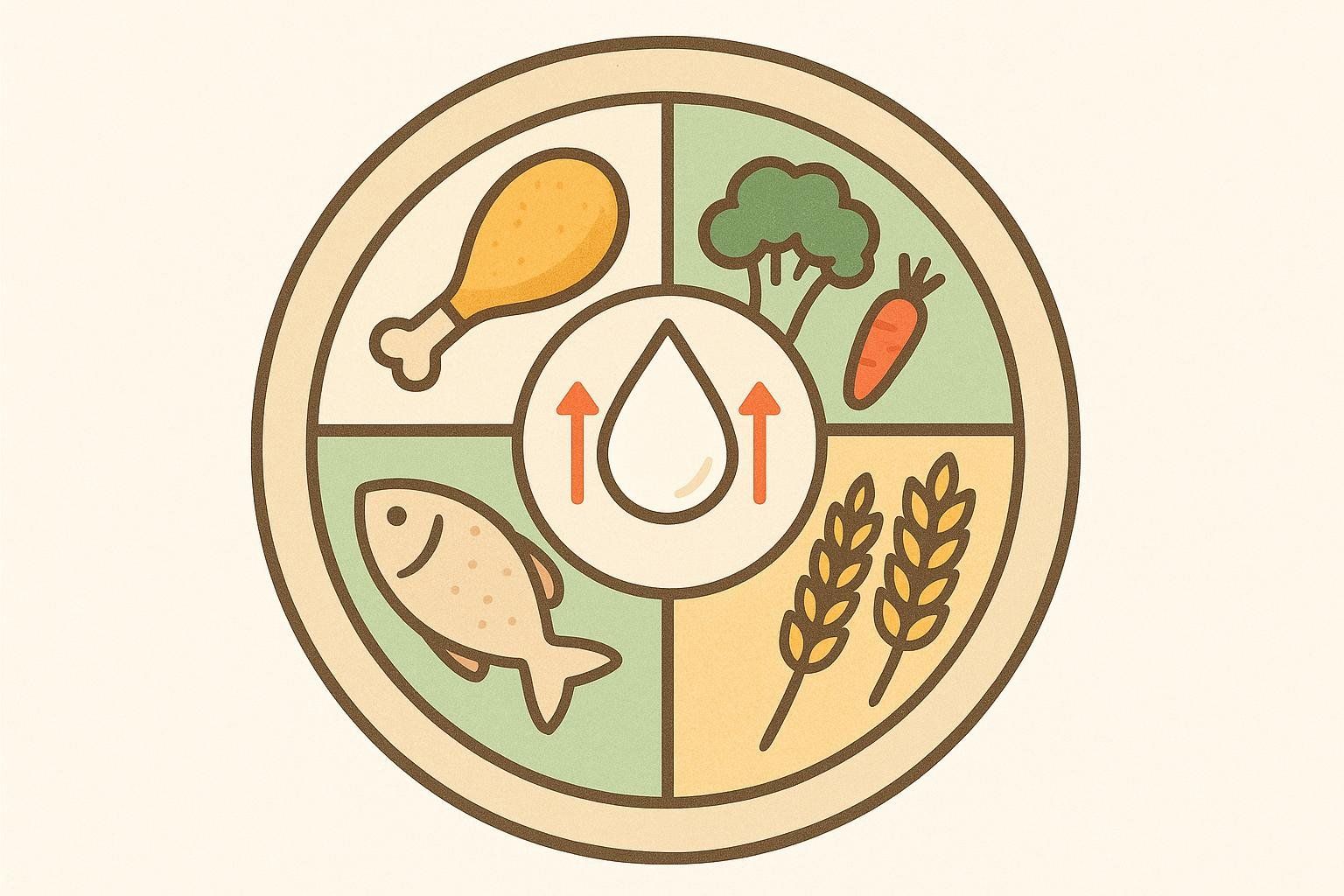
Your plan should fuel recovery, protect milk supply if lactating, and support a sustainable deficit.
Breastfeeding
- Daily calories: Many need ~330–500 extra calories above pre‑pregnancy needs, depending on activity and milk volume, per CDC maternal diet guidance and the ACOG Breastfeeding FAQ. For safe loss, keep intake conservative and generally ≥1,800 kcal/day unless your clinician advises otherwise (see La Leche League’s recommendations).
- Protein: Aim for a protein source at each meal/snack to support tissue repair and appetite control.
- Micronutrients: Pay attention to iodine and choline needs during lactation; consider seafood from “Best Choices,” dairy/eggs, legumes, and iodized salt, and discuss supplements with your clinician (per CDC’s lactation nutrition page).
- Pace: Target 0.5–1.0 lb/week after supply stabilizes (~8 weeks), adjusting if you notice supply changes or excessive fatigue, as advised in MedlinePlus patient instructions.
Non‑breastfeeding
- Daily calories: Start with a moderate 300–500 kcal deficit, prioritizing protein, fiber, and minimally processed foods.
- Pace: 1.0–1.5 lb/week can be reasonable early on; shift slower if sleep is limited or stress is high (see MedlinePlus guidance).
Smart snack and meal ideas
These options emphasize protein, fiber, and healthy fats for recovery and steady energy—and they’re realistic for busy postpartum schedules.
Breakfast
- Greek yogurt + berries + granola
- Veggie omelet with whole‑grain toast
Lunch
- Rotisserie chicken wrap + avocado + greens
- Lentil soup + olive‑oil garden salad
Dinner

- Sheet‑pan salmon, potatoes, and broccoli
- Turkey chili over rice
Snacks
- Apple + peanut butter
- Cheese + whole‑grain crackers
- Trail mix
- Hummus + carrots
Approaches to avoid while breastfeeding
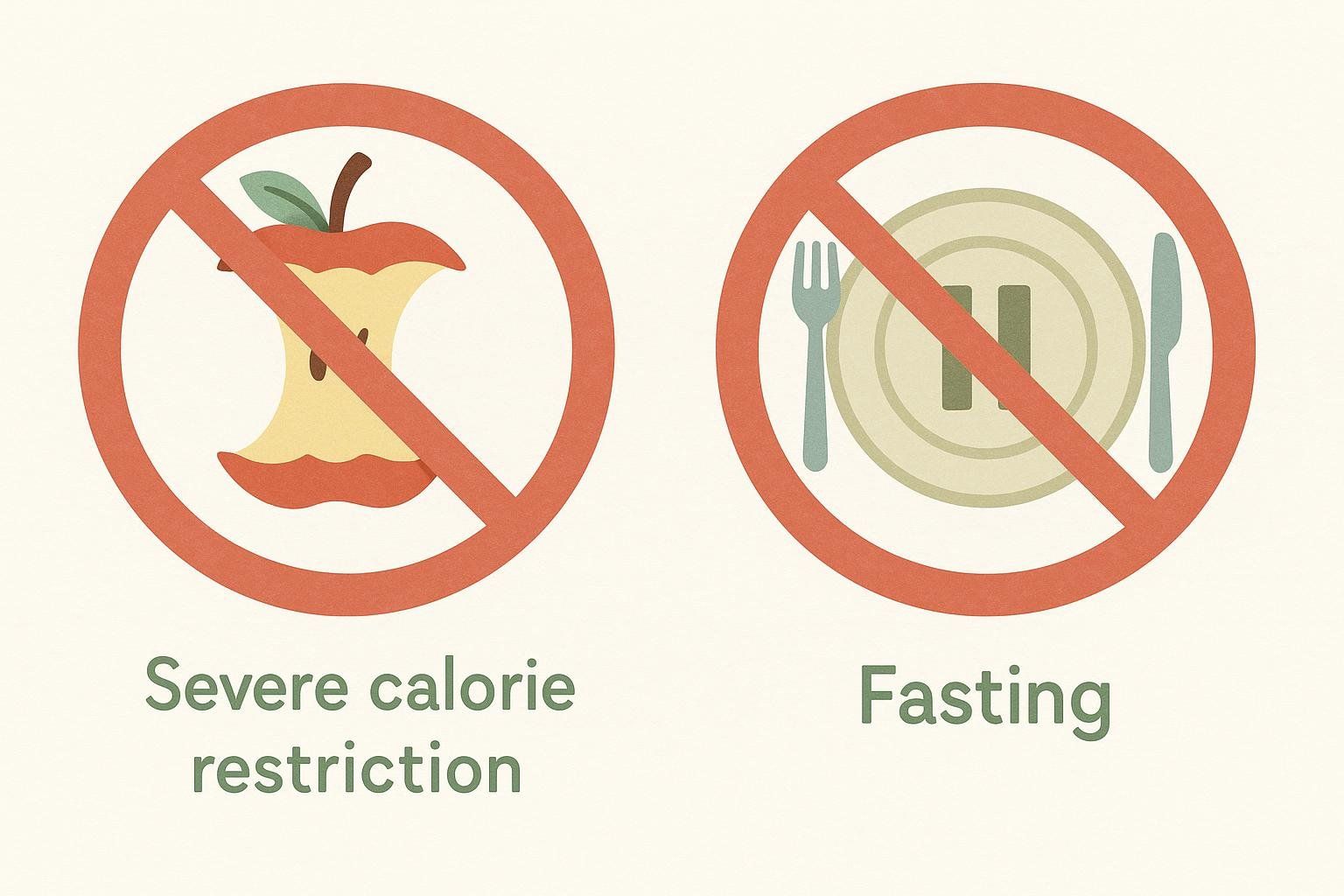
- Very low‑calorie or strict keto approaches are not recommended due to potential nutrient gaps and rare complications like lactational ketoacidosis, per La Leche League International.
- Intermittent fasting is not recommended due to insufficient safety data and risk of nutrient inadequacy, per La Leche League International.
Your safe return‑to‑exercise plan
- Start where you are: If your delivery and recovery were uncomplicated, you can begin gentle movement within days, increasing as you feel ready; otherwise, wait for your provider’s clearance (see ACOG’s Exercise After Pregnancy guidance).
- Weekly target: Build toward 150 minutes of moderate cardio plus 2+ strength sessions; short 10‑minute bouts count (per ACOG Exercise After Pregnancy).
- Pelvic floor first: Daily Kegels and diaphragmatic breathing lay the foundation for core stability.
- Core with care: If you see coning/doming along your midline, scale back and follow safe core exercise progressions for diastasis recti.
- Breastfeeding checklist: Feed/pump before workouts, wear a supportive bra, drink water. Exercise does not reduce milk volume or change milk composition in ways that harm infant growth, according to the ACOG Committee Opinion on postpartum physical activity.
Before you start this sample circuit, check with your healthcare provider or a postpartum‑trained fitness professional to ensure these exercises fit your recovery stage.
- Scale load and range of motion to keep reps smooth and pain‑free.
- Pay special attention to joint stability, as lingering pregnancy hormones can leave ligaments feeling lax.
Sample 20–30 minute strength circuit (2–3 rounds)
- Goblet squat 8–10 reps
- Elevated push‑up 6–10 reps
- Dumbbell Romanian Deadlift (RDL) 8–10 reps
- Banded core press 8–10 reps/side
- Farmer’s carry 30–60 seconds
- Walk 5–10 minutes to finish
Precision tracking: Make your progress visible
To see meaningful changes beyond the scale, take body measurements every 2–4 weeks using our step‑by‑step guide to taking measurements. Build a realistic timeline with the weight loss calculator by date, and verify what’s changing—fat, muscle, and visceral fat—with periodic DEXA scans every 8–12 weeks.
Quick answers to common questions
- How long will postpartum weight loss take? Many return to pre‑pregnancy weight by 6–12 months with healthy habits, but timelines vary widely, per MedlinePlus’s postpartum guidance.
- Does breastfeeding guarantee weight loss? Not always. On average, exclusive breastfeeding ≥3 months adds a modest ~3.2 lb advantage at 12 months; individual responses vary, per an analysis of breastfeeding’s effect on postpartum weight loss.
- Is intermittent fasting safe while breastfeeding? Not recommended due to insufficient safety data and potential nutrient insufficiencies, according to La Leche League International.
- What about caffeine and fish? Keep caffeine moderate and choose lower‑mercury seafood; iodine and choline needs are higher in lactation, per CDC maternal diet guidance.
- Can I lift weights? Yes—build up gradually. Strength training supports fat loss and posture; follow pelvic‑floor‑aware progressions and your clinician’s guidance (see ACOG Exercise After Pregnancy).
- Is it normal to still have extra weight at 12 months postpartum? Yes. One cohort found about three‑quarters were heavier at 1 year than pre‑pregnancy; breastfeeding and moderate exercise were linked with less excessive retention (a 2015 cohort study on postpartum weight retention).
When to get personalized help
- Red flags: Persistent pelvic pain, worsening abdominal bulge/doming, incontinence, dizziness during exercise, or milk‑supply concerns. Consult your healthcare provider.
- Mental health: Low mood or anxiety are common and treatable—reach out early.
- Complex goals: If you have a large loss target, a medical condition, or are returning to high‑impact sport, work with your clinician and a postpartum‑trained coach or dietitian.
Remember: Postpartum weight loss is a season, not a sprint. Build habits that fuel you through long nights, busy days, and the strength you’ll need for everything ahead.
Your next steps with BodySpec
To precisely track your progress—ensuring you’re losing fat, not muscle—consider scheduling periodic DEXA scans. Keep your prep consistent to ensure your results are as accurate as possible. For scan‑day success, follow this checklist: How to prepare for your DEXA scan. Between scans, small, consistent habits—protein‑forward meals, short movement breaks, and bedtime routines—compound into real postpartum progress.
